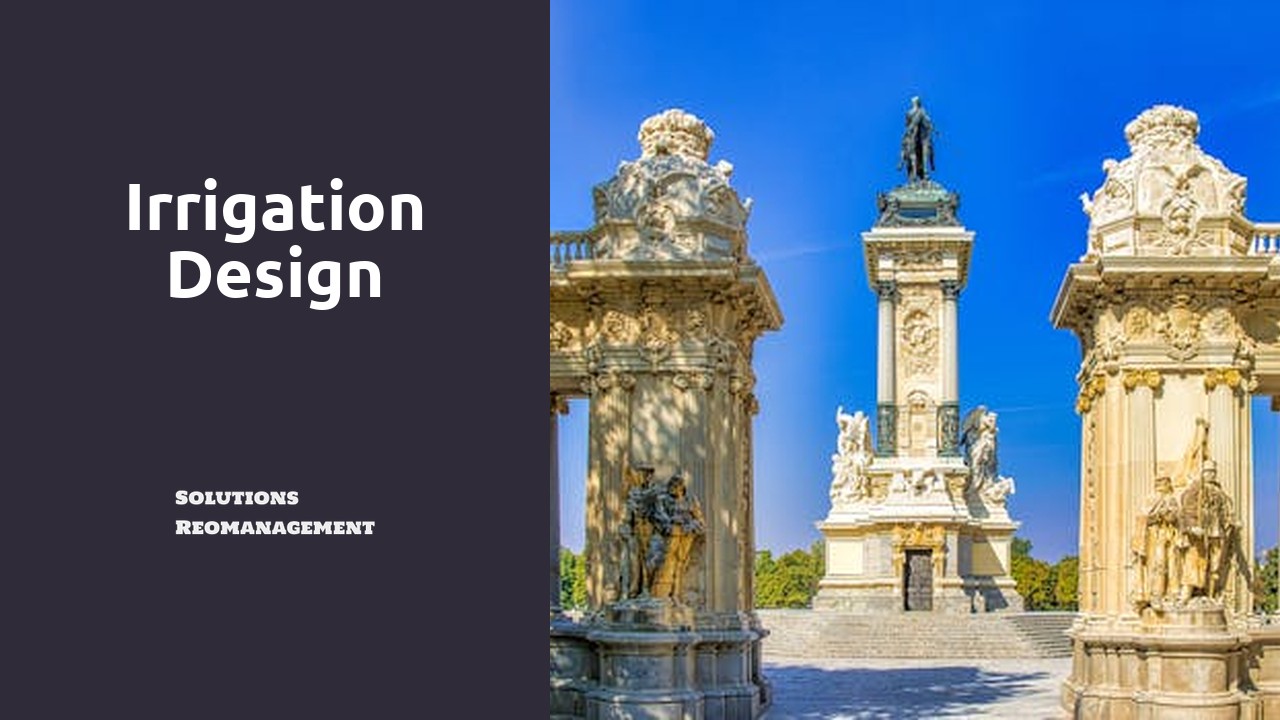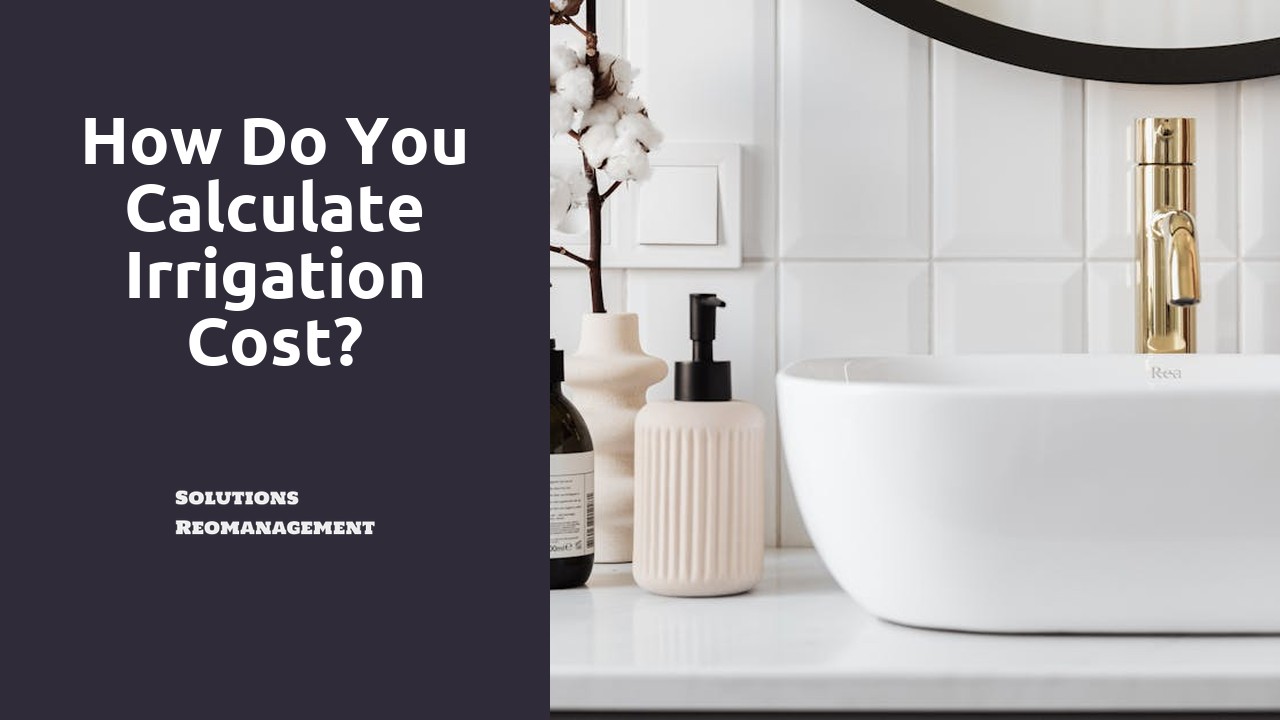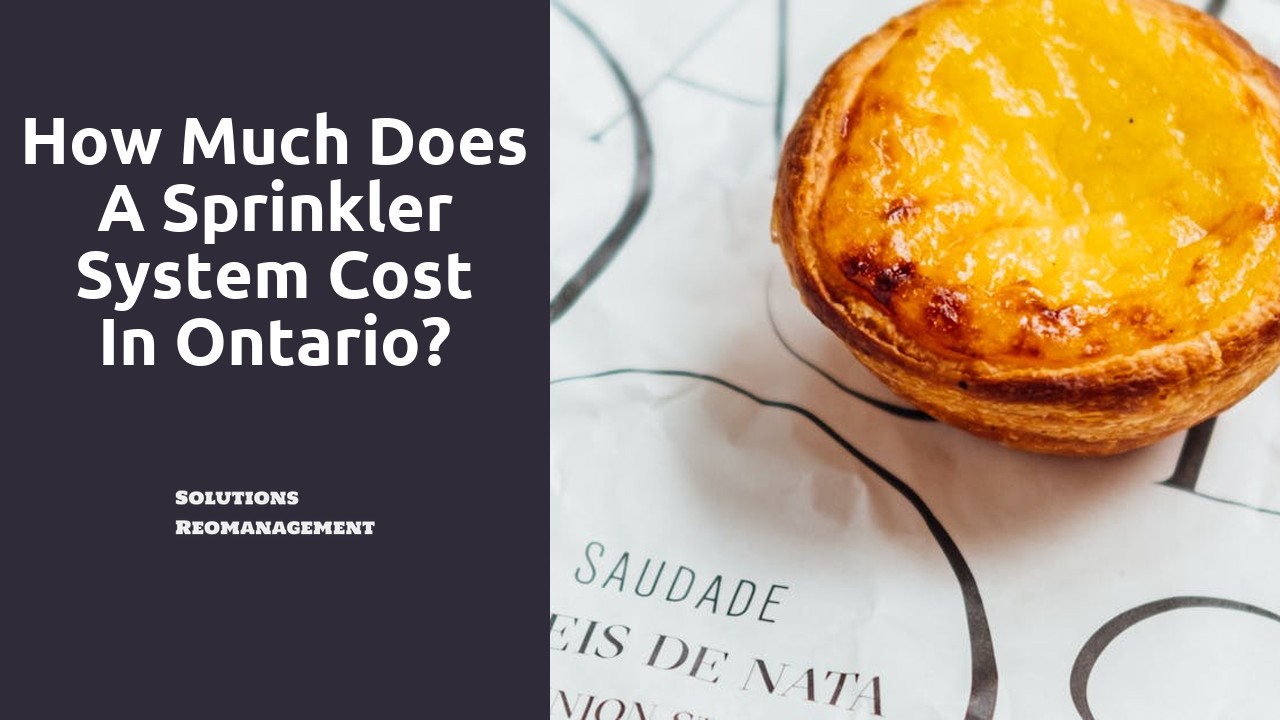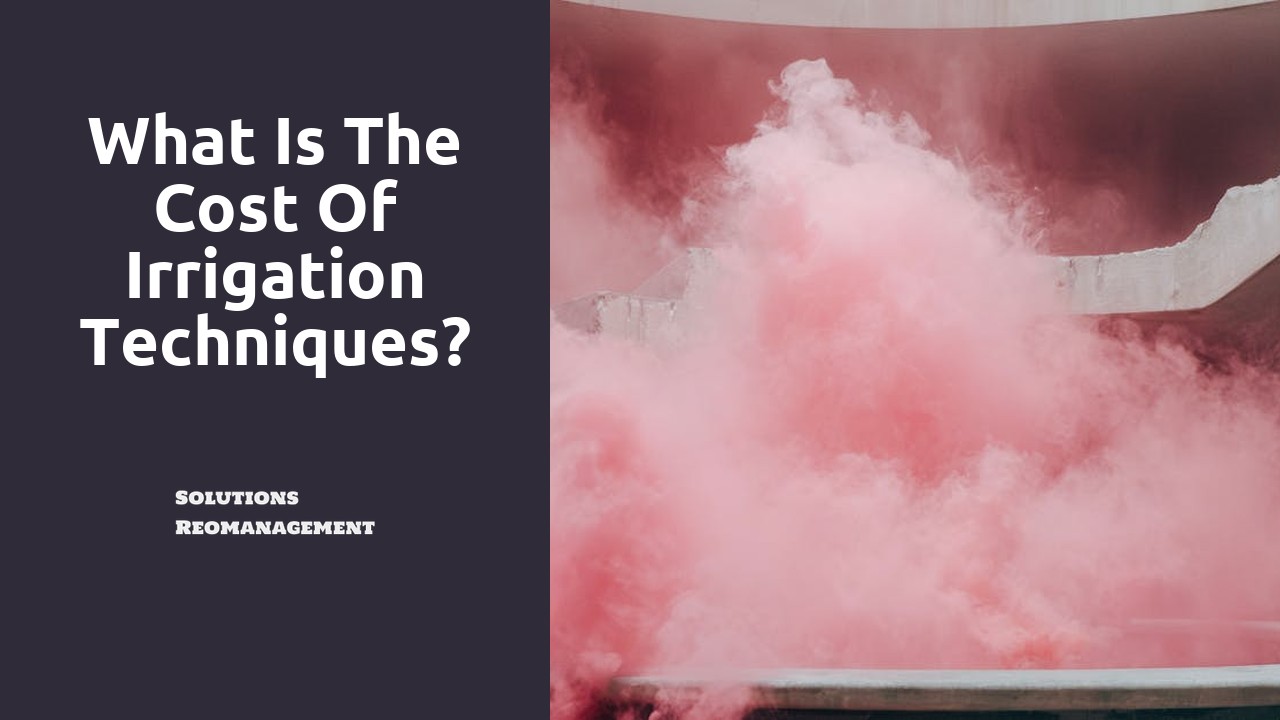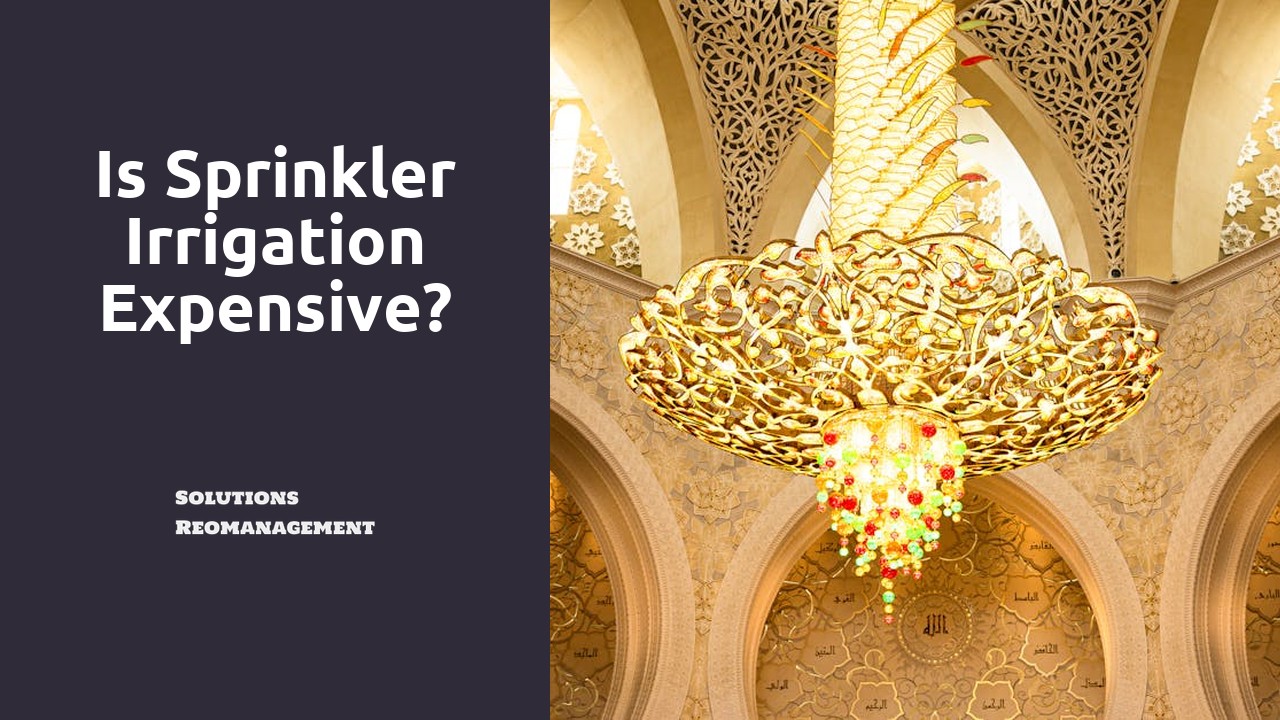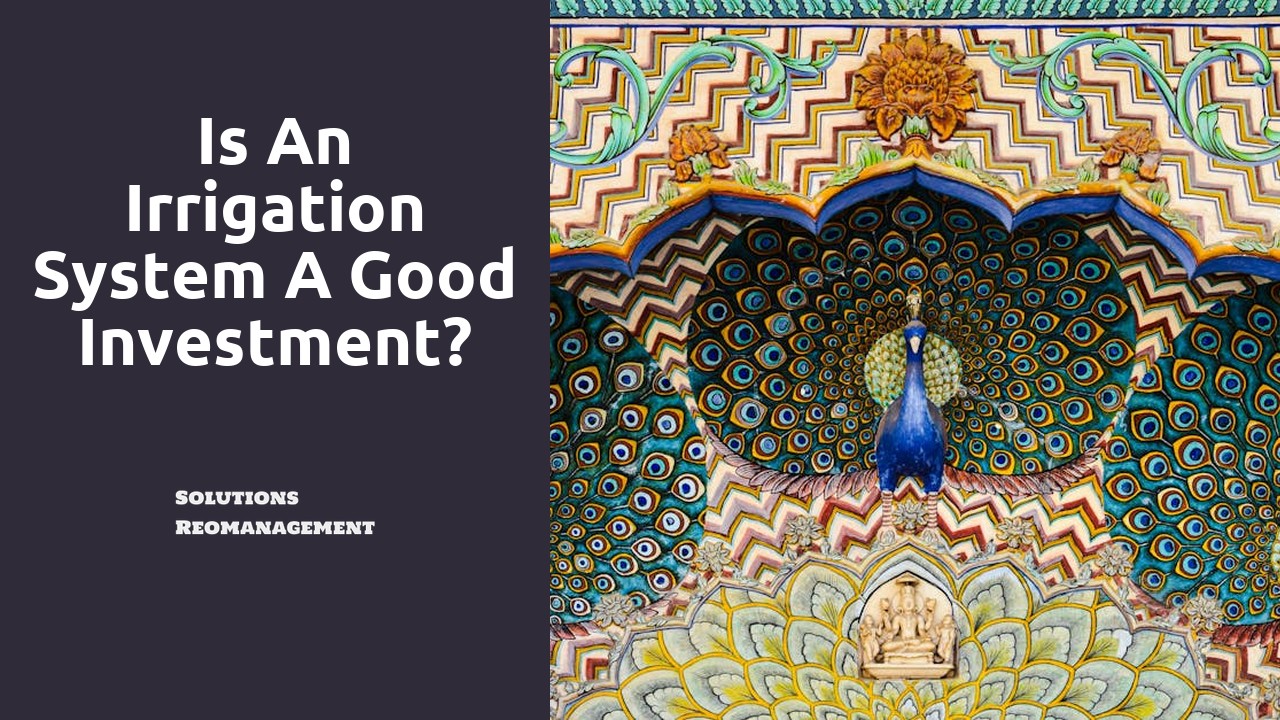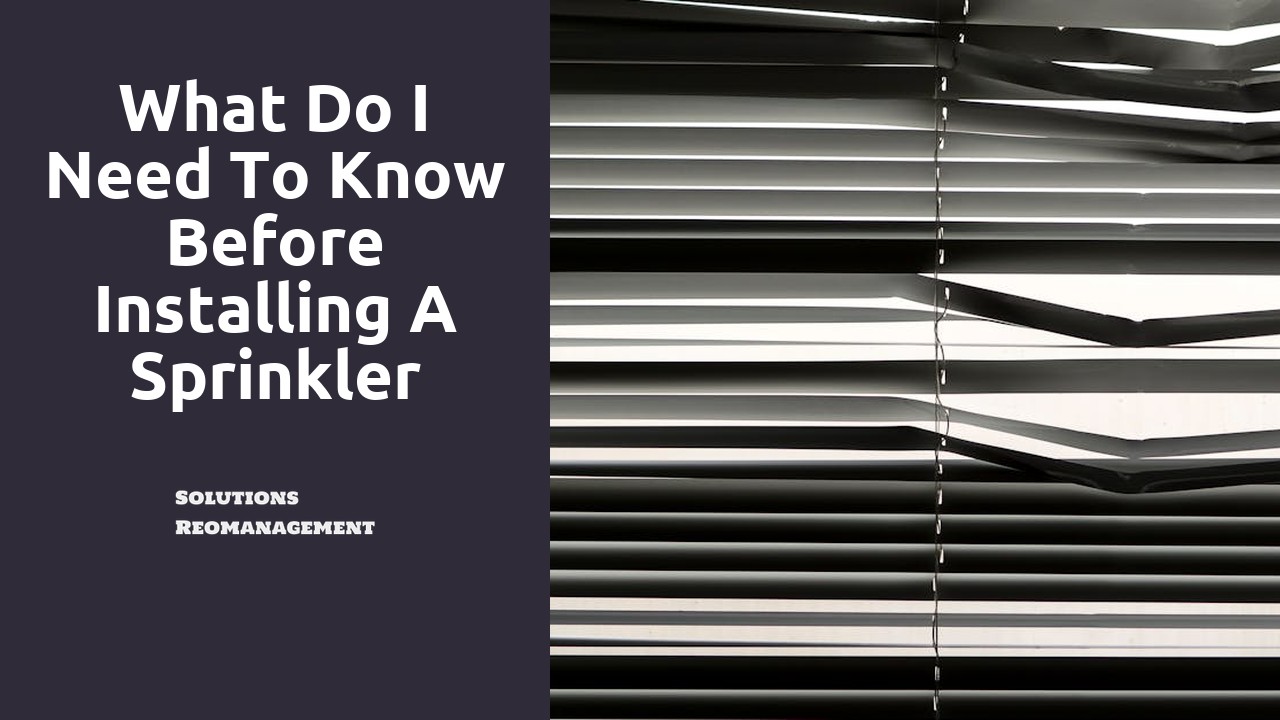
Table Of Contents
Common Issues with InGround Sprinkler Systems
When it comes to In-Ground Sprinkler Systems, homeowners may encounter various common issues that can hinder the system's effectiveness. One prevalent problem often faced is sprinkler heads becoming misaligned or clogged. This can lead to uneven watering of the lawn or even water wastage, which defeats the purpose of having a sprinkler system in the first place. Another frequent issue is leaks in the underground pipes, causing water to seep into the soil and potentially leading to water damage or high utility bills. Addressing these issues promptly is essential to maintain the efficiency and functionality of your irrigation system.
For residents in Sarnia, ensuring that In-Ground Sprinkler Systems operate optimally becomes particularly crucial due to the distinct weather conditions in the region. With the expertise of professionals specialized in Irrigation Design in Sarnia, homeowners can receive tailored solutions to address common issues effectively. Regular maintenance and timely repairs are paramount to prevent these problems from escalating and to ensure that your lawn receives the necessary water supply for healthy growth.
Troubleshooting Tips
If you find that certain zones of your in-ground sprinkler system are not functioning properly, it is essential to first check for any visible leaks along the piping or around the sprinkler heads. Leaks can often disrupt the water pressure and distribution, causing some areas to receive more water than others. Inspect the valves and connections for any signs of wear and tear, as these are common areas where leaks may occur. Replacing damaged parts or tightening connections can often resolve the issue and restore the system's efficiency. If the problem persists, ensure that the controller settings are correctly programmed for each zone. Incorrect scheduling or timing settings can lead to inadequate watering or even overlapping schedules, which can result in water wastage and inconsistent coverage across your lawn. Adjusting these settings accordingly can help ensure that each zone receives the appropriate amount of water at the right time.
When facing issues with uneven water distribution or dry spots in your lawn, it may be necessary to recalibrate the sprinkler heads to ensure they are providing adequate coverage. Adjust the angle and range of the heads as needed to reach all areas of your lawn effectively. Additionally, clearing any obstructions such as overgrown plants or debris that may be blocking the water spray can improve the system's performance. Engaging in regular maintenance and inspection of your in-ground sprinkler system can help prevent common problems and ensure optimal functioning. By following these troubleshooting tips, you can effectively address minor issues and maintain the efficiency of your Irrigation Design in Maple.
Hiring a Professional vs. DIY Installation of InGround Sprinklers
When considering whether to hire a professional or embark on a DIY installation of in-ground sprinklers, there are several factors to take into account. Hiring a professional for the task can provide a level of expertise and precision that may be lacking in a DIY approach. Professionals often have years of experience and training in irrigation systems, ensuring that the installation is done correctly and efficiently. In Peterborough, where Irrigation Design offers reputable services, opting for professional installation can guarantee that your in-ground sprinkler system is set up with the utmost care and expertise.
On the other hand, some homeowners may choose to undertake the installation themselves to save on costs or simply as a rewarding DIY project. DIY installations may be suitable for individuals with a knack for technical tasks and a willingness to learn about irrigation systems. However, without the skills and equipment required for a successful installation, DIY projects can sometimes lead to costly repairs or inefficiencies in the system. It's essential to weigh the pros and cons carefully before deciding whether to hire a professional or take on the installation of in-ground sprinklers as a DIY project in Peterborough or any other location.
Skill Level and Equipment Required
When considering installing in-ground sprinklers, it is essential to evaluate the necessary skills and equipment required for the job. The complexity of the task may vary depending on the size and layout of the area to be irrigated. For smaller yards, basic digging tools such as shovels and trowels, as well as a familiarity with plumbing, may be sufficient. However, for larger projects or intricate systems, specialized equipment like trenchers and pipe cutters may be necessary.
In addition to the tools, an understanding of Irrigation Design in Cornwall and the ability to interpret and implement it is crucial for a successful installation. Knowledge of water pressure, flow rates, and hydraulic principles will play a significant role in designing an efficient and effective irrigation system. As such, individuals attempting a DIY installation should ensure they have the requisite skills and knowledge to execute the project accurately.
How to Winterize Your InGround Sprinkler System
Winterizing your in-ground sprinkler system is essential to ensure it remains in top condition during the winter months. In areas like Newmarket, where temperatures can drop significantly, taking the necessary steps to protect your system is crucial. The first step in winterizing your in-ground sprinklers is to turn off the water supply to the system. This can usually be done by locating the main shut-off valve and turning it to the off position. By doing so, you prevent water from entering the system and potentially freezing, which can lead to costly damage.
After shutting off the water supply, it is important to drain any remaining water from the system. This can typically be done by manually activating each zone on the controller to release any water trapped in the pipes. Additionally, ensuring that all the sprinkler heads are free of water and debris will help prevent freezing and damage. Properly winterizing your in-ground sprinkler system not only protects your investment but also prolongs its lifespan, ensuring that it operates efficiently when spring arrives. For expert advice on winterizing your sprinkler system in Newmarket, consulting a professional in Irrigation Design in Newmarket can provide valuable guidance and assistance in this process.
Frost Prevention Techniques
When considering frost prevention techniques for your in-ground sprinkler system, it is important to prioritize protecting your equipment and pipes from potential damage. In locations with harsh winter conditions like Sault Ste. Marie, it is crucial to take steps to prevent water freezing inside the pipes. To avoid costly repairs and replacements, ensuring that your system is properly insulated and drained before the cold weather sets in is key. Incorporating heat tape or installing insulation sleeves can be effective measures to safeguard your irrigation system in the winter months.
Irrigation design in Sault Ste. Marie must account for the unique weather patterns of the region to maintain functionality and efficiency. To prevent frost damage, consider installing shut-off valves and draining all water from the system before the first freeze. Additionally, burying pipes deeper below the frost line and using frost-proof materials can offer added protection against the cold. By implementing these frost prevention techniques, you can prolong the lifespan of your in-ground sprinkler system and ensure it remains in optimal condition throughout the winter season.
FAQS
Are in-ground sprinkler systems worth the investment?
In-ground sprinkler systems are worth it for many homeowners as they provide convenience, water efficiency, and healthier-looking lawns. However, the decision ultimately depends on your budget and landscaping needs.
What are some common issues with in-ground sprinkler systems?
Common issues with in-ground sprinkler systems include clogged nozzles, broken pipes, misaligned sprinkler heads, and programming errors. Regular maintenance and troubleshooting can help prevent these problems.
Is it better to hire a professional for the installation of in-ground sprinklers or to do it yourself?
The decision to hire a professional or opt for a DIY installation of in-ground sprinklers depends on your skill level and the complexity of the system. While hiring a professional ensures proper installation, DIY projects can be cost-effective if you have the necessary skills and equipment.
What skill level and equipment are required for installing in-ground sprinklers?
Installing in-ground sprinklers requires basic plumbing skills, knowledge of your yard's layout, and the ability to work with hand tools. Equipment such as a trenching tool, pipe cutter, and PVC glue are also necessary for a successful installation.
How should I winterize my in-ground sprinkler system to protect it from frost damage?
Winterizing your in-ground sprinkler system is crucial to prevent frost damage. This involves draining the system, blowing out any remaining water with compressed air, and insulating exposed pipes to safeguard them during the winter months.
